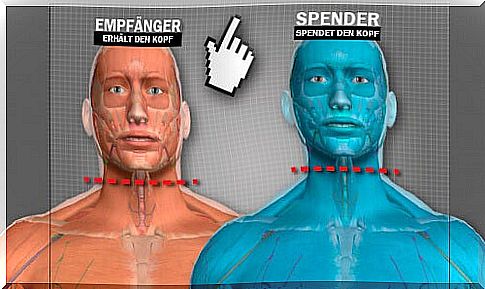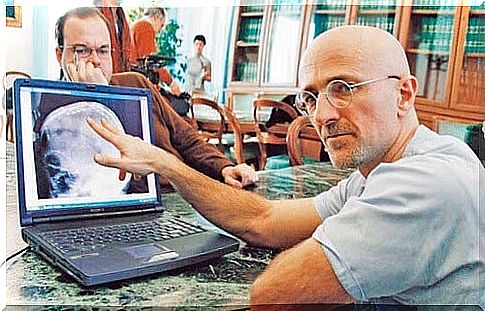Head Transplant: Russian Volunteers As The First Donor In History

It is not a science fiction film, even if it sounds like it. A head transplant could help many patients in critical situations, but the first thing to do is understand the purpose of this business.
This is not about a sensationalist press release but about the advances in medicine. A heart transplant was also an incredible achievement in the beginning. However, medical development sometimes borders on the supernatural, with moral and ethical issues also playing an important role.
But what if this technology can save lives and guarantee a good quality of life? Today we report on an incredible project: the first head transplant in history.
Valeri Spriridónov, the first head transplant volunteer
His name is Viktor Valeri Spriridónov, he is 30 years old and a computer scientist by profession. Why do you think this young man volunteers to be the first in history to free his head for a transplant? He suffers from muscular atrophy and will lose his mobility completely in a short time.
Spriridónov was diagnosed with Werdnig-Hoffman’s disease when he was just under a year old. His life is a countdown, every day he sees his body transform into his own prison.
His spinal cord is becoming more and more affected by this disease and although he was given little chance of surviving his first year of life, he is now 30 years old.
But how much longer does he have? Nobody really knows. What this man knows, however, is that his face will never look old.
The neurosurgeon and head of this project who would perform the head transplant is Sergio Canavero. According to this surgeon, individuals with muscular atrophy are preferred in this project.
Sergio Canavero: “A head transplant is possible”

Now that we’ve introduced you to the first volunteer for this company, it’s time to get to know the man who wants to perform this operation: Sergio Canavero.
This Italian neurosurgeon, who works at Molinette Hospital in Turin, presented the idea of a head transplant at the annual conference of the American Academy of Neurology in Maryland (USA) and elsewhere.
It is basically about:
- In 1970 the first head transplant was performed on a chimpanzee. However, this operation failed. The animal couldn’t move. The reason for this? The spinal cord was not perfectly connected and the animal died shortly afterwards. An unfortunate attempt.
- However, as Canavero explains, this operation could now be performed successfully. The spinal cord could be perfectly connected to the brain using a chemical called polyethylene glycol.
- Of course, a donor is required for this. A deceased person who bequeathed their body to science, as is the case with donors of other organs.
- Sergio Canavero explains that he will need 150 people to perform this transplant. In addition, an ethical committee must approve the transplant. For the construction of the laboratory alone, 10 million euros would be required.
- The operation would take 36 hours. And even if it sounds unbelievable, the first head transplant could be done in two years, which would be enough to give Viktor Spiridónov another chance.
This method raises hopes not only in Spiridónov, but also in paralyzed people and all those who are confined to a wheelchair as a result of a car accident.

The scientist explains that the patient must be put into an artificial coma before the operation so that electrodes can then be inserted in the spinal cord, which can stimulate the production of new nerve connections.
Then the donor’s spinal cord is connected to that of the recipient: a very complex and complicated process that uses the chemical substance mentioned above. Finally, muscles and blood vessels are sewn together.
If all goes well, Canavero estimates that it will take the patient over a year to walk. Because it should go so long until the brain gets used to the new body. But there are other problems too … Will the patient accept the foreign body? Will he recognize it as his own body?
The complexity of a head transplant goes well beyond the connection of the spinal cord and nerves. Our conscience also has to cope with this challenge. We will see how this project continues.









